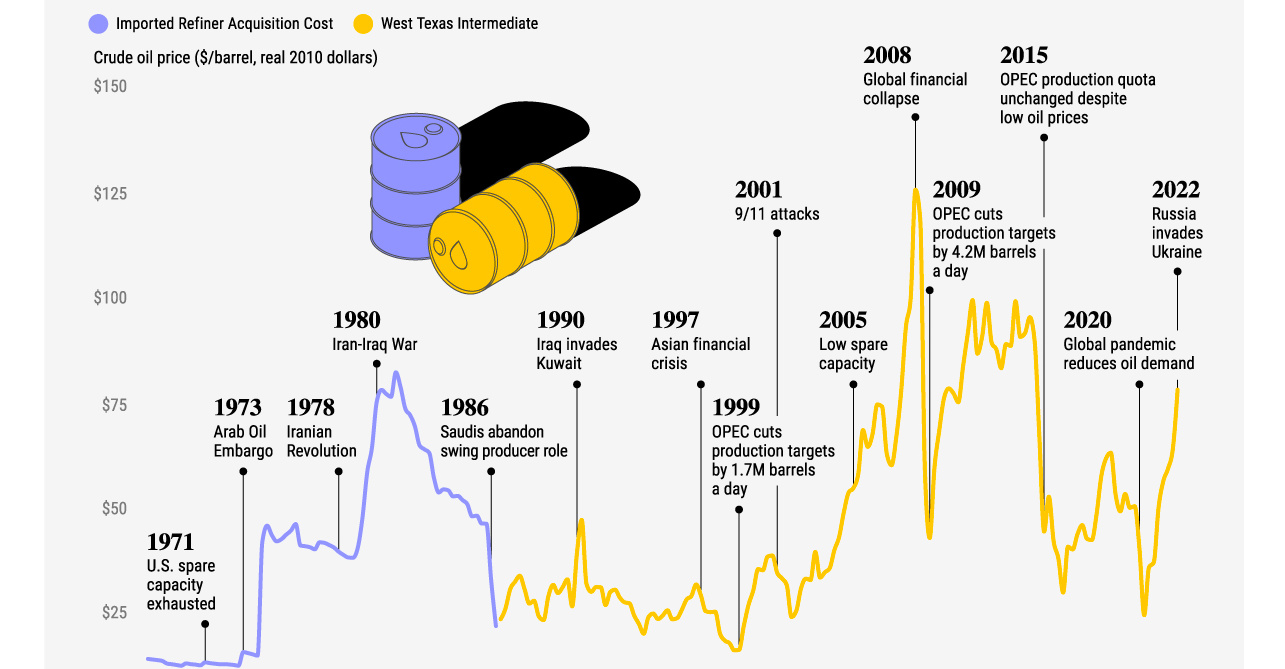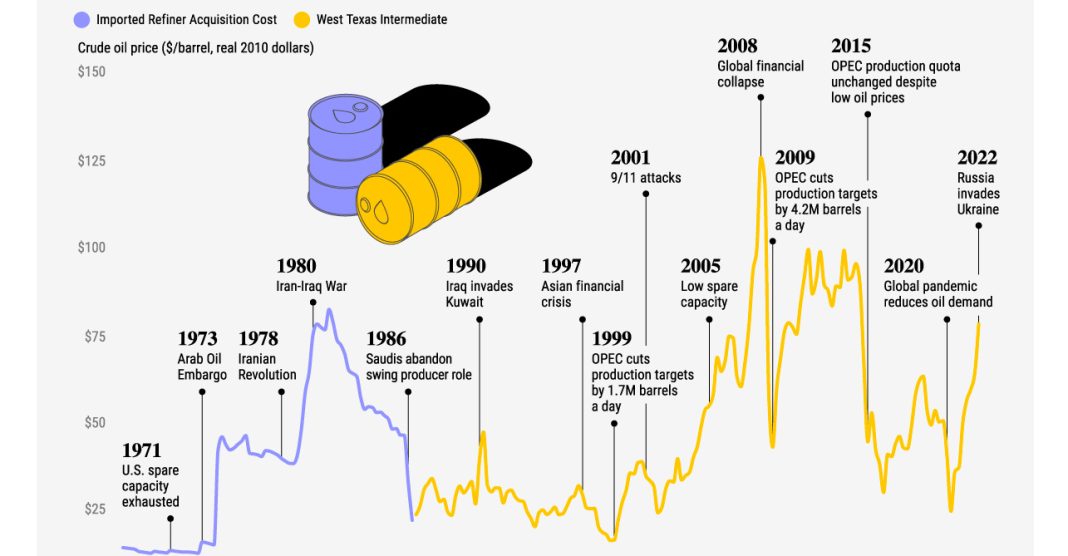 Oil Prices Rise as Demand Increases
Oil Prices Rise as Demand Increases
Benchmark U.S. crude oil for July delivery saw a slight increase of 16 cents, reaching $77.90 per barrel on Tuesday, while Brent crude for August delivery rose by 29 cents to $81.92 per barrel. These price hikes reflect the growing demand for oil in the global market.
One factor contributing to the rise in oil prices is the gradual reopening of economies worldwide as COVID-19 restrictions ease. As more countries lift lockdown measures and resume economic activities, the demand for oil has surged. Industries such as transportation, manufacturing, and construction heavily rely on oil, and their revival has led to an uptick in oil consumption.
Moreover, the increasing vaccination rates in many countries have boosted consumer confidence and travel aspirations. As people feel more comfortable traveling and engaging in leisure activities, the demand for fuel has also increased. This trend is evident in the rising prices of wholesale gasoline, which remained unchanged at $2.41 a gallon for July delivery.
The surge in oil prices is further supported by the rising cost of natural gas. In July, natural gas prices rose by 22 cents to $3.13 per 1,000 cubic feet. Natural gas is a crucial energy source used for heating and electricity generation, and its price hike indicates a growing demand for energy across various sectors.
While oil prices have been on an upward trajectory, precious metals like gold and silver have experienced a decline in value. Gold for August delivery fell by 40 cents to $2,326.60 per ounce, while silver for July delivery dropped by 64 cents to $29.23 per ounce. The decrease in these metals’ prices can be attributed to investors’ shifting focus towards riskier assets amidst the recovering economy.
Additionally, the performance of currencies, such as the dollar and the euro, plays a significant role in determining oil prices. The dollar fell to 157.02 yen from 157.10 Japanese yen, while the euro fell to $1.0743 from $1.0762. A weaker dollar often leads to higher oil prices, as it makes oil more expensive for countries using other currencies, potentially reducing demand.
In conclusion, the recent increase in oil prices can be attributed to the revival of global economies, the growing demand for fuel, and the rising cost of natural gas. As countries continue their path towards recovery and people regain confidence in travel and economic activities, the demand for oil is expected to remain robust. However, fluctuations in currency values and investor preferences will continue to influence oil prices in the near future.


